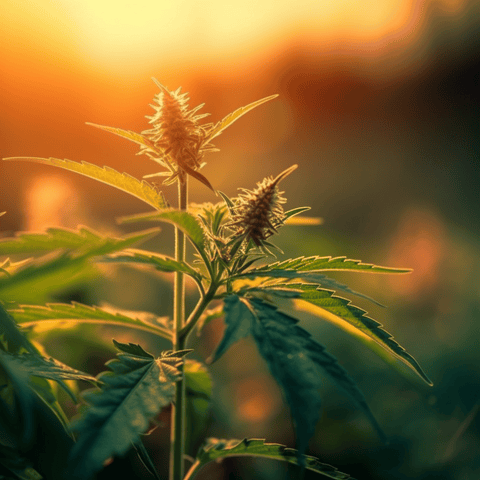Duration of THC in Saliva Glands: A Clinical Analysis

The use of cannabis for both medicinal and recreational purposes has surged in various jurisdictions around the world. Concurrently, understanding the pharmacokinetics of Tetrahydrocannabinol (THC) - the primary psychoactive compound in cannabis - is crucial. Specifically, one frequently asked question stands out: how long does THC stay in saliva glands? This article delves into the science behind THC retention in the human body, emphasizing its presence in saliva.
The Pharmacokinetics of THC
Absorption of THC
Upon consumption, THC's onset in the bloodstream is imminent. The mode of intake (e.g., smoking, edibles, vaping) determines its absorption route. For instance, inhalation causes THC to first reach the lungs before disseminating throughout the body, impacting the blood and brain and producing its characteristic hallucinogenic effects.
Metabolism and Excretion
The liver plays a pivotal role in THC processing. Initially, liver enzymes combine with cannabinoids in a process intertwined with oxidation and hydroxylation. This phase adds hydrogen and oxygen molecules, eliciting psychoactive responses.
Subsequently, THC undergoes a second metabolic phase, orchestrated by UGT enzymes, yielding the THC-COOH-glucuronide metabolite. This metabolite then exits primarily via urine.

THC Duration in the System
For occasional cannabis users, traces of the drug typically vacate the system within 3 to 5 days. However, due to THC's propensity to bind with tissues, it might persist and be detectable for prolonged periods in frequent users. Saliva, blood, urine, and hair all serve as matrices where THC can be identified.
Factors Influencing THC Retention
- Body fat percentage: THC is lipophilic, making it prone to accumulate in fatty tissues.
- Cannabis consumption frequency and quantity.
- Physical activity levels.
- THC dosage.
- Hydration status.
- Time elapsed since last consumption.

THC Presence in Saliva
Recent research underscored that THC could be identified in a smoker's saliva up to 72 hours post-consumption. This duration remained consistent for sporadic and chronic THC users. In stark contrast, THC can linger in urine for upwards of a month. Given the numerous cannabinoids present in Cannabis sativa plants, including Delta-8 THC and various CBDs, understanding individual reactions to each type is imperative.
Factors affecting THC in saliva glands:
- Frequency of consumption.
- THC potency of the consumed product.
- Individual metabolism rates.
- Oral health and saliva production rate.

Saliva Drug Tests
Saliva drug tests are an effective method to ascertain recent drug use. Notably, the test is non-invasive, swift, and can detect substances like marijuana, cocaine, and amphetamines. It entails swabbing an individual's oral cavity using sterile cotton to collect a saliva sample, subsequently assessed in a laboratory setting. The results are typically available within minutes. Given their efficiency, these tests are becoming increasingly preferred by employers.
Overcoming Saliva Tests: Myth Vs. Reality
Numerous myths circulate regarding the evasion of saliva drug tests:
- Use of detoxifying mouthwashes, such as Toxin Rid Rescue Wash Mouthwash.
- Vigorous brushing.
- Consumption of acidic foods.
- Gargling with hydrogen peroxide.
- High-fat diets to expedite THC expulsion.
Although these methods are widely propagated, their effectiveness remains questionable. The surefire approach remains abstinence from THC consumption.
Possible False Positives
False-positive drug tests, though rare, can induce undue stress. Passive smoke inhalation doesn't necessarily cause this in saliva tests, but consumption of certain foods and over-the-counter medications might. Foods like poppy seeds and some hemp products could lead to erroneous test results.
Conclusion
The question, how long does THC stay in saliva glands, lacks a singular definitive answer. Several factors, ranging from individual metabolism to consumption patterns, influence THC detection. However, for those navigating employment drug tests or curious about their body's THC retention, it's paramount to be equipped with accurate information. Maintaining vigilance and seeking professional advice can aid in understanding personal THC metabolic rates and ensuring successful navigation of drug tests.





